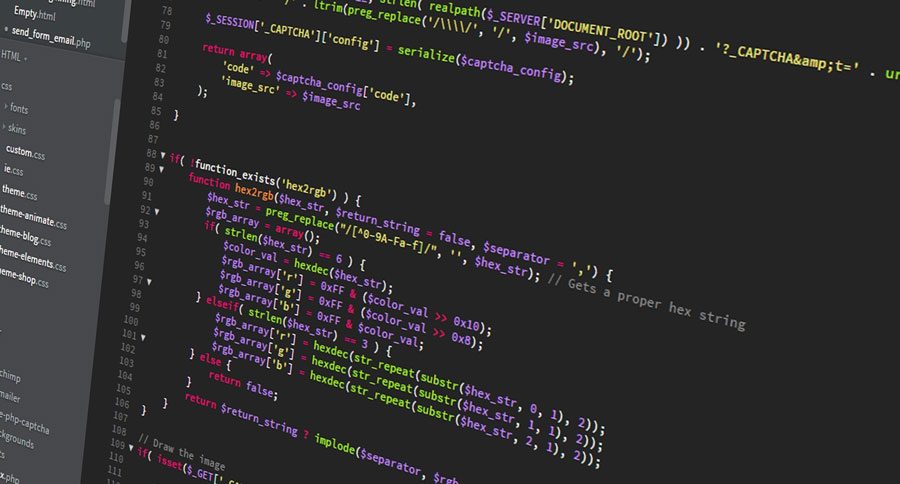Designing more sustainable websites is an important step that web developers and designers can take to help protect the environment and reduce their carbon footprint. In this article, we will discuss some best practices for creating sustainable websites and why it is important to do so.
One of the most important things to consider when designing a sustainable website is the use of clean, efficient code. This means writing code that is easy to read and understand, as well as using modern coding techniques that are designed to minimise the use of resources. This can help to reduce the amount of energy that is required to run the website, which in turn can help to reduce its carbon footprint.
Another important aspect of sustainable website design is the use of clean, efficient graphics. This means using images and other graphics that are optimised for the web, which can help to reduce their file size and improve their loading times. This can help to reduce the amount of bandwidth that is required to load the website, which can help to save energy and reduce the website's carbon footprint.

Another important aspect of sustainable website design is the use of clean, efficient graphics. This means using images and other graphics that are optimised for the web, which can help to reduce their file size and improve their loading times. This can help to reduce the amount of bandwidth that is required to load the website, which can help to save energy and reduce the website's carbon footprint.
In addition to using clean, efficient code and graphics, sustainable websites should also be designed to be user-friendly and accessible. This means making sure that the website is easy to navigate and use, and that it is accessible to users with disabilities. By making sure that the website is user-friendly and accessible, web developers and designers can help to ensure that the website is used by as many people as possible, which can help to reduce its overall carbon footprint.
One of the other key aspects of sustainable website design is the use of renewable energy sources. This means using hosting providers that use renewable energy sources, such as wind and solar power, to power their servers. By using renewable energy sources, web developers and designers can help to reduce the amount of carbon emissions that are associated with the operation of the website.
Finally, sustainable websites should also be designed to be scalable and adaptable. This means making sure that the website is able to handle increased traffic and usage without consuming excessive amounts of resources. By designing websites that are scalable and adaptable, web developers and designers can help to ensure that the website can continue to operate efficiently and sustainably, even as it grows and evolves over time.
In conclusion, designing more sustainable websites is an important step that web developers and designers can take to help protect the environment and reduce their carbon footprint. By using clean, efficient code and graphics, making sure that the website is user-friendly and accessible, using renewable energy sources, and designing the website to be scalable and adaptable, web developers and designers can help to create websites that are sustainable and environmentally-friendly.
If you're looking for a more sustainable website that reflects the conscious effort your company is putting into helping our environment, contact us today to see how we can help.

Article Written by Matt Partridge
Web Developer & Digital Marketing Specialist
matt@madebyabstraction.com